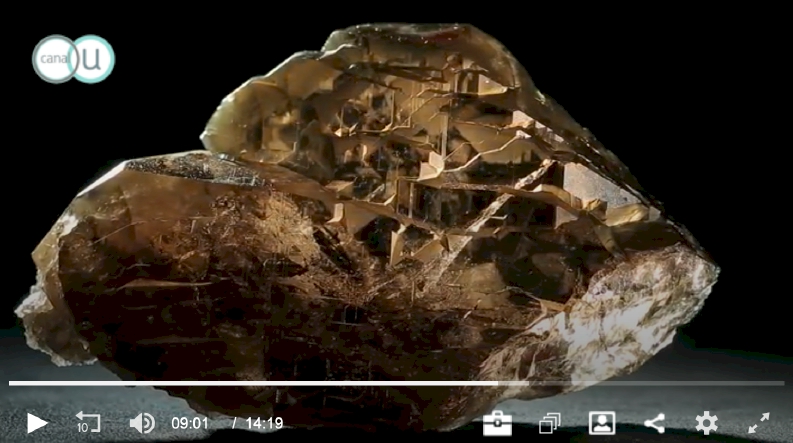With the extended deadline for submissions to the 2020 MEDEA Awards just around the corner on 13 March 2020, we decided to invite one of last year’s finalists, Béatrice Avakian from MINES ParisTech, to describe how her entry came about.
I have developed a cycle of training courses about the relationship between art and science at MINES ParisTech, a graduate school of engineering. All the courses are about the five senses, in the spirit of Michel Serres, the French philosopher, who passed away in 2019 :
- Invitiation to artistic language (with the participation of the Musée du Louvre)
- Music, Science, History (with the Musée de la Musique)
- Color, Arts, Industry (with a graduate school in fine arts, EnsAD)
- Science and Wine (with a graduate school in agronomy, AgroParisTech, and wine makers).
Every course focuses on the relationship between perception and sciences, which includes engineering sciences, but also earth, life and social sciences. While the courses about picture, music, wine concern students in engineering studies, the one about color is designed with the partnership of another engineering school (ESPCI) and also a famous school in Fine Arts (EnsAD). From the very beginning, the purpose was to train engineering students and artists to work together on projects. In western art history, there has always been a debate between shape and color. These are the two components which represent the object, but often shape is related to a number, a measure, a quantity, meanwhile color is related to quality, and even makeup, opposite to rationality, to objectivity, and is regarded as subjective.
In France, artists find themselves isolated from the economic world, meanwhile engineers don’t realize the importance that artists can play in the business world. In this context, the color is a matter of misunderstanding between those two worlds but, at the same time, it could be an opportunity for understanding.
The goal for these young professionals is to be able to work together on projects in the future, in companies. A seven day course, which is a standard in continuing training, is proposed here for initial training. It takes place under the ATHENS network, which is a European program involving fifteen leading technical universities.
The teachers never met the students before. As for the students, they are not aware of the subject that will be treated and have also never met one another. Training for different audiences is a difficulty, but in the meantime, is a great opportunity to get in touch with other people. A companion website was developed in 2009 and a newer version (Small Private Open Course) came out in 2017.
The difficulty young artists face when attending scientific courses of high level is that they don’t have any solid background in mathematics. Similarly, the difficulty for young engineers is understanding that color is a subtle matter, not as simple as they would have thought. To provide them attractive resources, we went on by recording the talks by podcasts, filming the practical works and the items and building a glossary. We enrolled former students of our partners in Fine Arts in the technical realisation. Former students of our universities network PSL (EnsAD, Fémis) created the graphic design, drawings, podcasts and videos.
The choice of two extra fields help the students to experience the original link between art and science. First, the quotations taken from the chapter « Whiteness of the Whale » from the novel Moby Dick written in 1851 by Herman Melville, and second, an exhibition about Salomon Islands at the Quai Branly Museum, in 2014, titled “The Glare of Shadows”.
It seems that the contrast between whiteness and blackness, innocence and cruelty, in the novel Moby Dick, was able to make sense about contrast of colors in the physical field. In a podcast, for instance, the physicist Lionel Simonot reacts to the quotations of the novel read by an actress.
Production team:
- Béatrice Avakian, professor of philosophy, lecturer at MINES ParisTech
- Jesus Angulo, professor of Morphological Mathematics at MINES ParisTech
- Eloïse Gaillou, curator of the Museum of Mineralogy, both in charge of the course
- Marie-Françoise Curto, instructional designer
- Willy Morscheidt, technical coordinator














